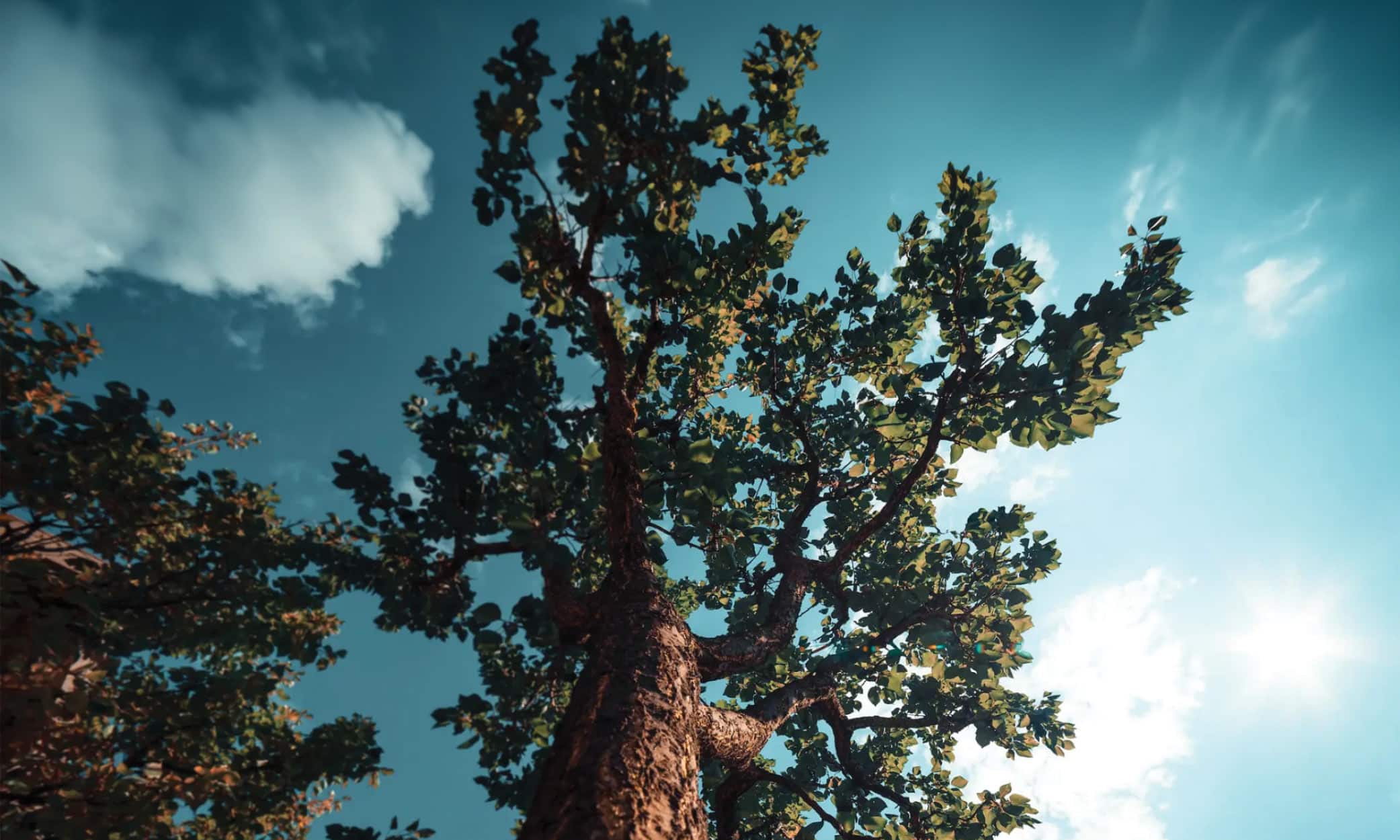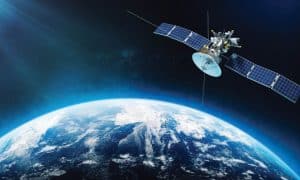Founded in July 2021, CarbonStack accelerates the transformation to carbon neutrality by offsetting emissions with local compensation projects. Their mission is to help Europe become the first carbon-neutral continent by supporting afforestation projects.
The transparency of their operations is especially important to CarbonStack: that’s why they use blockchain technology to document their activities, creating a publicly accessible ledger that shows the impact of each afforestation project as well as the link between forest initiatives and the companies that invest in them.
Challenge
Many industries struggle with the transformation to a state of net-zero emissions. Companies aim to reduce and avoid emissions quickly but are held back by technological barriers and unavoidable residual emissions.
As a solution provider, CarbonStack works with organizations that want to offset their current greenhouse gas emissions, to reach net-zero faster and more sustainably. They do this through the afforestation of damaged European forests to offset currently unavoidable emissions.
CarbonStack wants to accomplish two things. First, there’s the critical task of enabling companies to become carbon-neutral. Carbon offsets play a crucial role in reaching the global 1.5°C target. However, a substantial trust issue exists considering the actual impact of compensation projects.
Thus, the ecological implications of the companies involved in these compensation projects are often debated. CarbonStack aims to resolve this issue by creating more transparency for its projects with earth observation and blockchain technology.
Secondly, CarbonStack enables its clients to invest in local projects as close to the corresponding emission as possible. By doing so, they help their clients to improve their standing in local markets.
The company is currently focused on afforestation projects. Forests make it easier to monitor and visualize the impact of carbon offsets. This task necessitated a deep understanding of many factors, from finding suitable areas for afforestation to detecting and monitoring the carbon uptake of tree species. Previously, they used imagery from drones and airplanes, but this was costly and often wouldn’t provide images of a wide enough area or a detailed enough resolution.
Solution
To address these challenges, CarbonStack works with UP42 to gather high-resolution satellite imagery. Upon ordering high-resolution images for predefined forest areas, CarbonStack can monitor their order status and download the assets when ready with UP42’s storage, which centralizes all of their datasets and is accessible via a web browser or API.
The Pléiades Neo constellation, which captured these images, boasts a 30cm native resolution. This lets CarbonStack identify individual trees, a feat that wouldn’t be possible with lower resolutions. CarbonStack then applies a machine learning algorithm that categorizes trees by species and growth stage to measure their carbon offsetting capabilities.
Pléiades Neo’s acquisition capacity of 2 million kilometers squared per day and the flexible minimum area of interest requirements allow CarbonStack to order images of the exact scenes they desire. Plus, thanks to UP42’s credit consumption-based pricing, they only pay for what they need.
Outcome
With Pléiades Neo imagery from the UP42 platform, CarbonStack could analyze areas of interest in Germany, Austria, and Switzerland to identify and monitor over 1.5 million trees. This monitoring includes nearly 50,000 trees CarbonStack planted this spring alone throughout the Harz Mountains and the German state of North Rhine-Westphalia for their clients.
Projects like this show local populations that CarbonStack’s customers are taking real action to offset their carbon emissions and the data is then added to Carbonstack’s ledger, which is publicly available on their blockchain for anyone who wishes to access it.
This infrastructure delivers long-needed transparency to the carbon offsetting market. CarbonStack is working with the Algorand Foundation to create a new generation of registries for nature-based climate solutions.
By using satellite imagery instead of drones or aerial data, CarbonStack was able to save on time and costs. Looking ahead, they’re planning to expand their areas of operation beyond Europe, starting with North America, where there are many more carbon-offsetting opportunities. And they’ll continue to rely on trusted cooperation with UP42.










